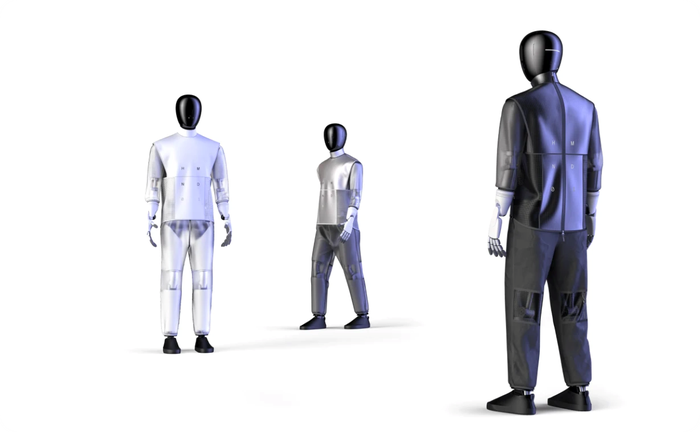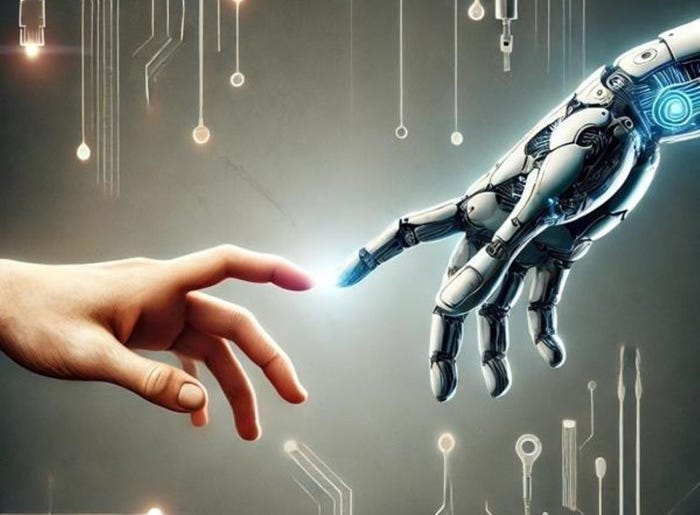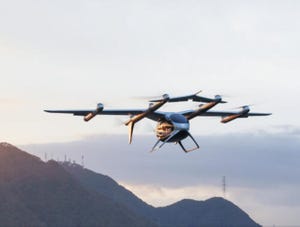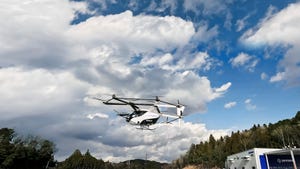COVID-19 Driving Data Integration Projects in IoTCOVID-19 Driving Data Integration Projects in IoT
Privacy concerns have limited IoT–related data integration projects in the past, but an emphasis on public health has led to increased data sharing.
August 6, 2020

Key takeaways from this article include the following:
Data fragmentation and privacy concerns continue to be barriers for Internet of Things adoption. But in an effort to protect public health, there has been an explosion in data sharing from IoT devices and smartphones.
Some countries, such as South Korea, have used aggressive data collection techniques in urban environments to slow the spread of COVID-19.
Privacy norms continue to play a large role in shaping contact-tracing-based data integration projects in Europe and the U.S.
As countries across the world grapple with the novel coronavirus, there has been a significant effort to integrate input from sources, from surveillance cameras to point-of-sale systems and connected health devices. The trend has highlighted the power of Internet of Things (IoT) deployments for public data collection as well as the technology’s privacy-eroding potential. South Korea, for instance, has aggregated data from IoT devices and smartphones to create detailed logs of its citizens’ behavior. The nation has documented where residents went, how long they stayed, who accompanied them and whether they were wearing a mask.
Part of an aggressive approach, the South Korean strategy, which includes extensive testing for the novel coronavirus, has proven to be largely effective in curbing infection without closing businesses or mandating universal quarantines.
While the South Korean example is unique in terms of its scale, it is an example of the explosion of IoT-based data integration projects that have emerged recently. “One of the most significant, complex, far-reaching—and accelerating—trends is the rise of data sharing, particularly data from the Internet of Things,” concluded a Boston Consulting Group report on contact tracing.
[IoT World, North America’s largest IoT event, is going virtual August 11–13 with a three-day virtual experience putting IoT, AI, 5G and edge into action across industry verticals. Register today.]
Privacy concerns, however, can thwart the efficacy of programs that merge contact-tracing smartphone app data with IoT data sources. As a result, technology-based contact tracing has been deployed sporadically in many parts of the world, limiting their impact. “The value of these contact tracing solutions depends on large-scale adoption,” said Massimo Russo, a senior partner at Boston Consulting Group and coauthor of the report mentioned above.
At least 60% of a nation’s population must use a digital contact-tracing app to be effective at stopping the spread of the virus, according to Harvard Business Review. While some countries such as China have mandated the use of smartphone-based contact-tracing apps, nations that have launched voluntary apps have generally struggled to drive widespread adoption.
Several contact-tracing programs have been beset by “over extensive user data-mining or poor security practices,” as the New York Times has reported.
But the parameters for technology-based contact-tracing projects “very much depend on the local cultural context and how accepted it is to use data that can be anonymized and associated with an individual for contact-tracing purposes,” Russo said.
Public safety tends to outweigh privacy concerns when it comes to IoT-based data integration projects in Asia, according to Marty Sprinzen, CEO of Vantiq. “But in the U.S. and Europe, privacy is a big concern,” he said.
In countries such as South Korea, there is a “recognition that the government has a sense of data responsibility, and therefore would not likely misuse the data,” said Jason Haward-Grau, a leader in KPMG’s cybersecurity practice. “But in the U.S. and Europe, in general, there’s a much bigger fear of the central government abusing its position,” he said.
In the U.S., COVID-19 is forcing a rethink regarding privacy norms and civil liberties, said Zulfikar Ramzan, chief technology officer at RSA. While a similar privacy reevaluation followed the September 11 attacks, “we have a much more robust body of law about privacy issues than we did 20-plus years ago,” Ramzan said.
The sweeping changes to U.S. surveillance laws in the early 2000s were possible, in part, because privacy remained an esoteric concept in the early days of the internet. “In the post-9/11 world, it wasn’t clear how mass surveillance would affect individuals,” Ramzan said. But in a world battling a pandemic, the privacy ramifications are clearer given the focus on individuals’ health status.
That doesn’t mean that IoT-enabled systems to protect against the novel coronavirus need to be privacy-infringing. Schools, for instance, can employ edge computing and cameras to ensure students are wearing masks and practicing physical distancing. If students flout COVID-19 rules, the system can “notify the teacher without saving images of the kids or even identify who they were,” Sprinzen said. “You identify the problem.”
But organizations that wish to use contact tracing will need to collect potentially sensitive data, and in some cases, sharing it externally. When done securely, the strategy can lead to tangible benefits. Already, schools, cities, ports and police are beginning to share data in unprecedented ways to fight COVID-19, said Sanjeet Pandit, Qualcomm’s head of smart cities. “There’s a lot of cohesion and collaboration between these organizations, which promotes or fosters better technology deployments compared to everybody working in silos,” Pandit said.
About the Author
You May Also Like





